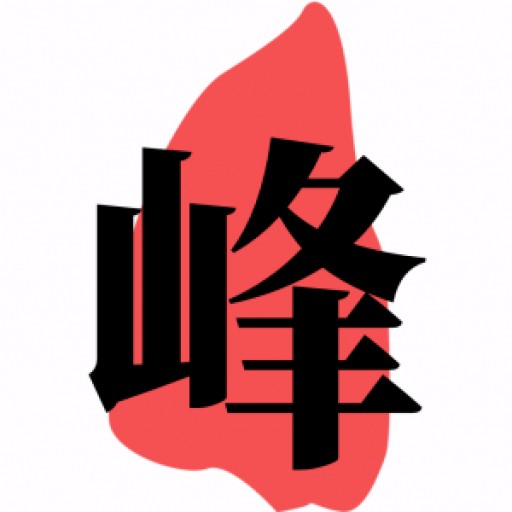"仄" and "亾", these two Chinese characters seem to be naturally paired, complementing each other in appearance. Are you familiar with them? "仄" is pronounced as z, and "亾" is pronounced as wng. Although they look similar, they are actually quite different. In this article, we will discuss this interesting pair of Chinese characters from the perspective of their structure.

"仄" "亾" Do you recognize them?
"仄" z: shape resembles a person's side profile in a cliff cave
"仄" z, you should be familiar with it, has a semi-enclosed structure with "厂" on top and "人" below. In the seal script, it resembles a person's side profile in a cliff cave, tilting and swaying, not so flat, not so straight. In many places now, the term "侧歪" is written as "仄歪", they have similar meanings.

"仄" seal script
Usage of "仄":
The "Shuowen Jiezi" also states: "仄" means inclined or tilted. Words related to this character also carry this attribute. For example, "仄目" refers to looking with slanted eyes. "仄日" refers to the sun being oblique, not directly overhead, often referring to the setting sun. And the term "仄席" describes "not daring to sit in the proper seat, sitting on the side. It describes a worried and anxious state of mind".

"仄日", the sun is oblique
"仄" is mostly used in poetry rhythm
The use of the "仄" character is most prevalent in poetry rhythm and Hanyu Pinyin. There is a term called "平仄音" which refers to the level and oblique tones used in poems. "平" refers to a flat tone, while "仄" refers to an oblique tone. This is also known as the rhythm of poetry. Ancient poets paid attention to the "dui ze" (matching oblique tones) in poetry, meaning that the last word of one line and the first word of the next line should have oblique tones. For example, the following verses:

Poetry rhythm
国破山河在,城春草木深。
感时花溅泪,恨别鸟惊心
空山新雨后,天气晚来秋。
明月松间照,清泉石上流。

